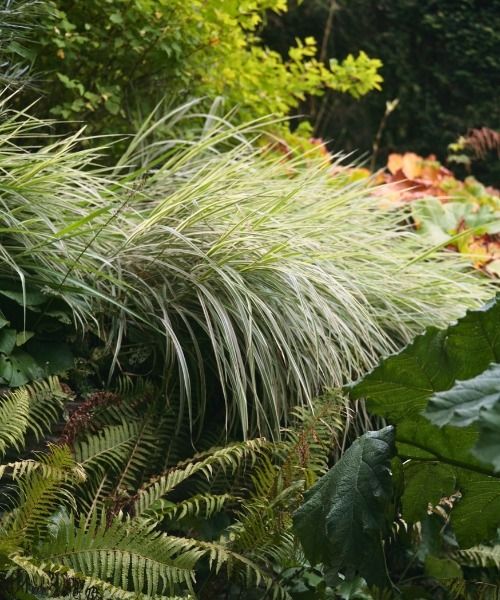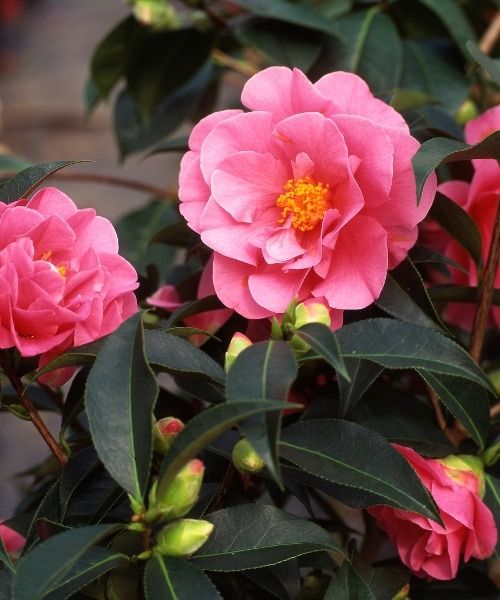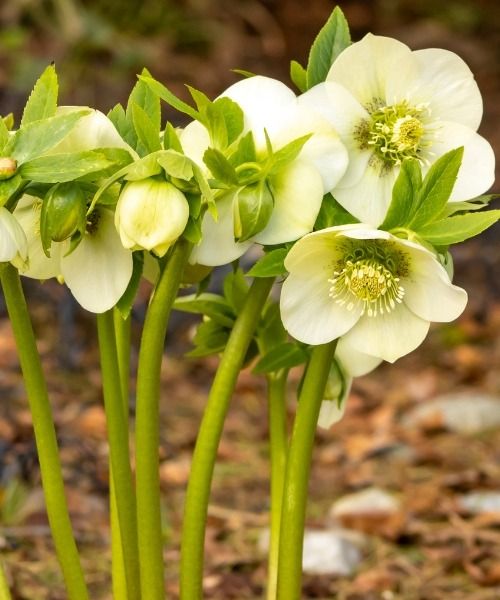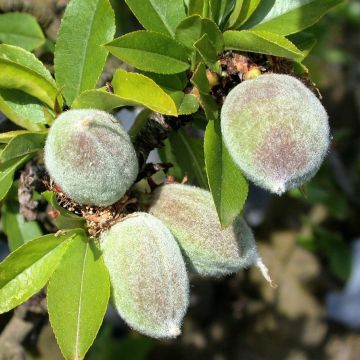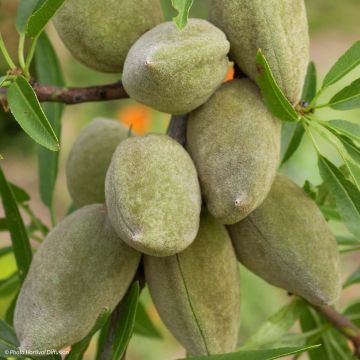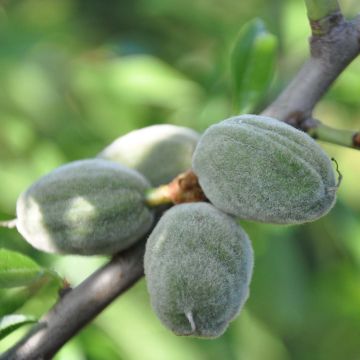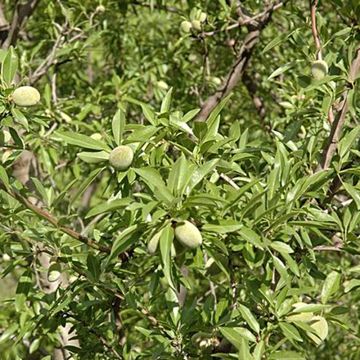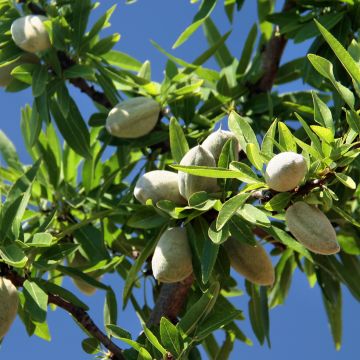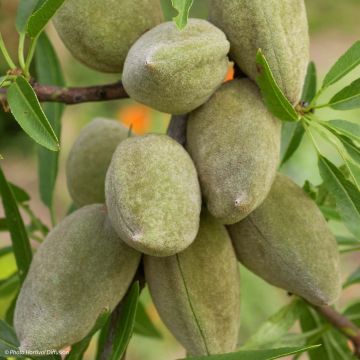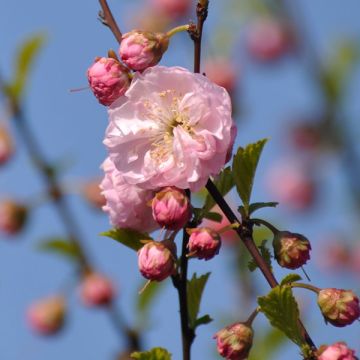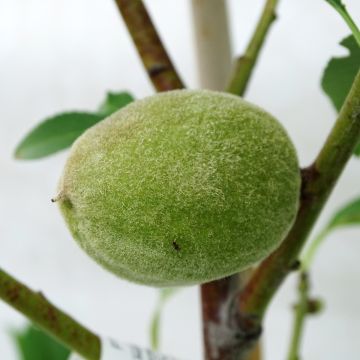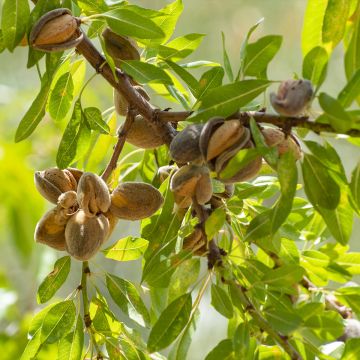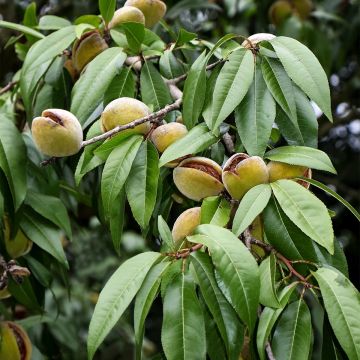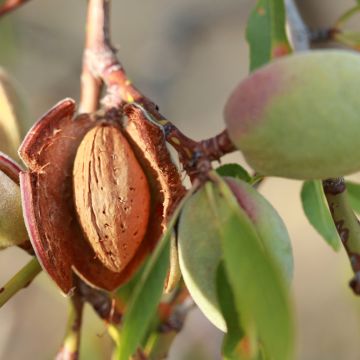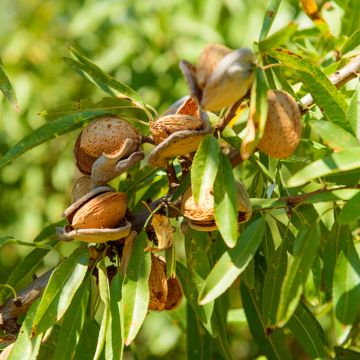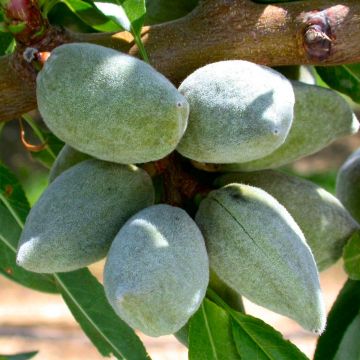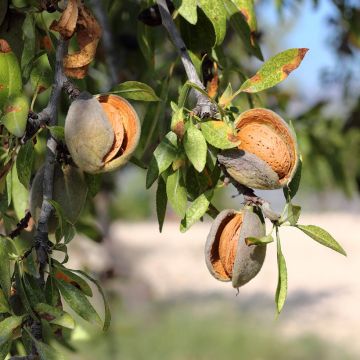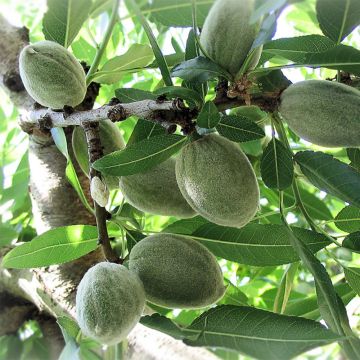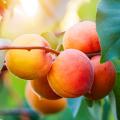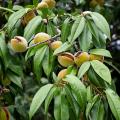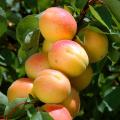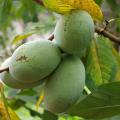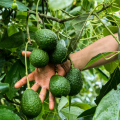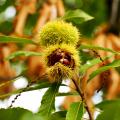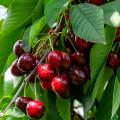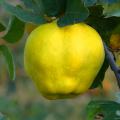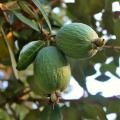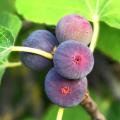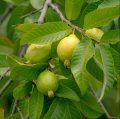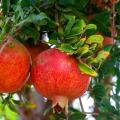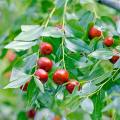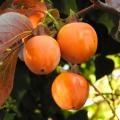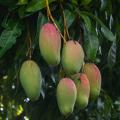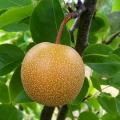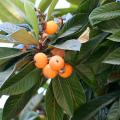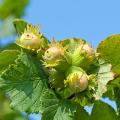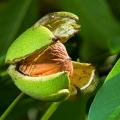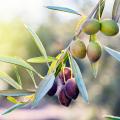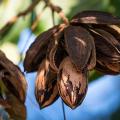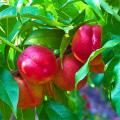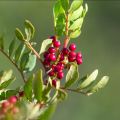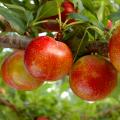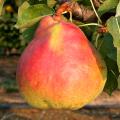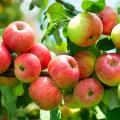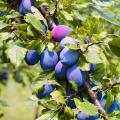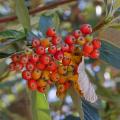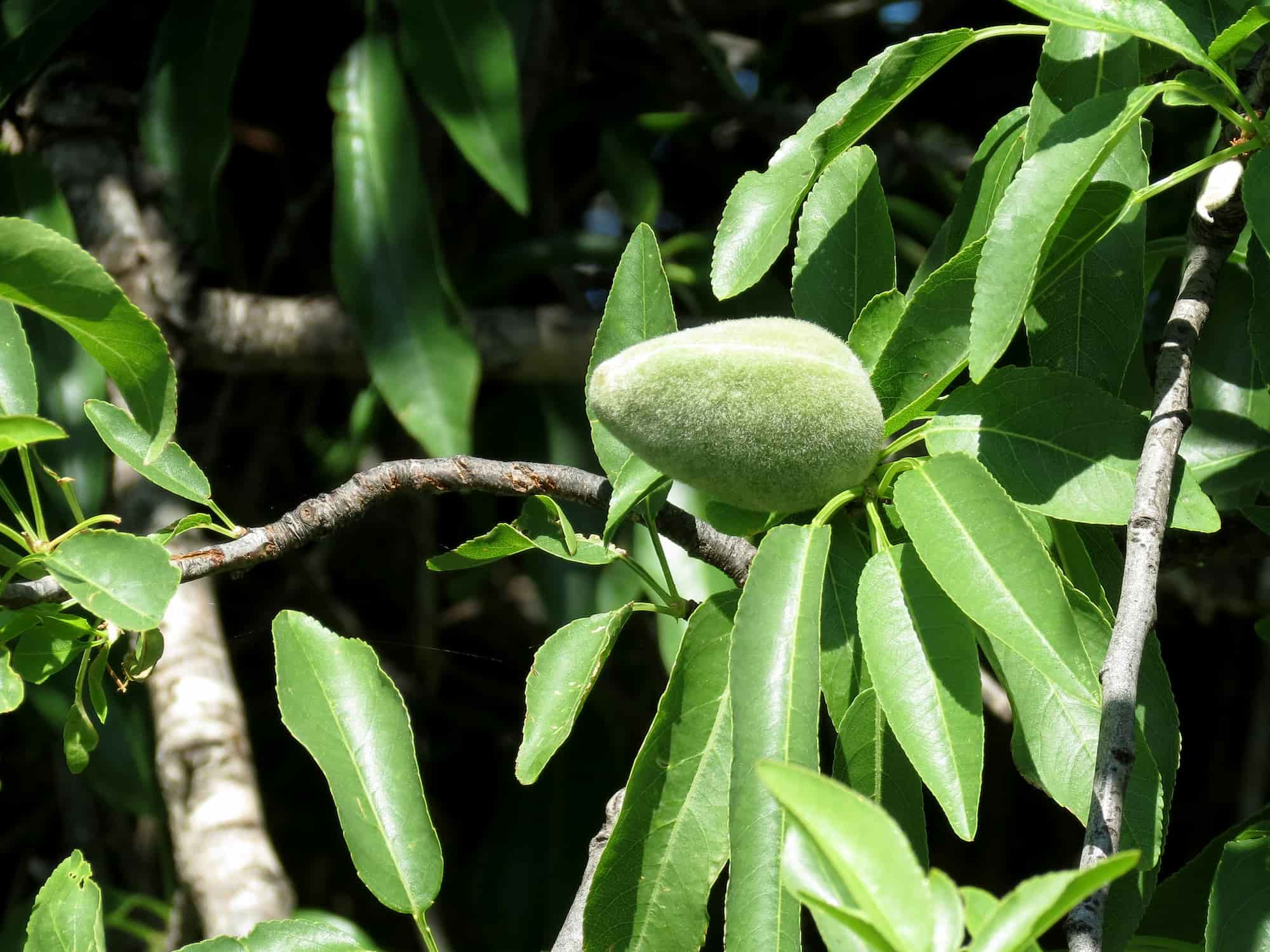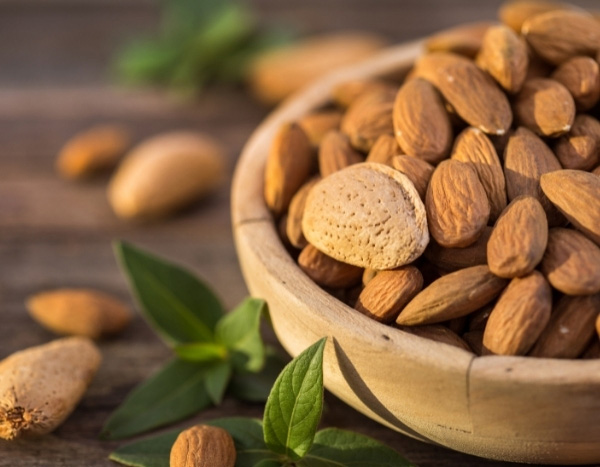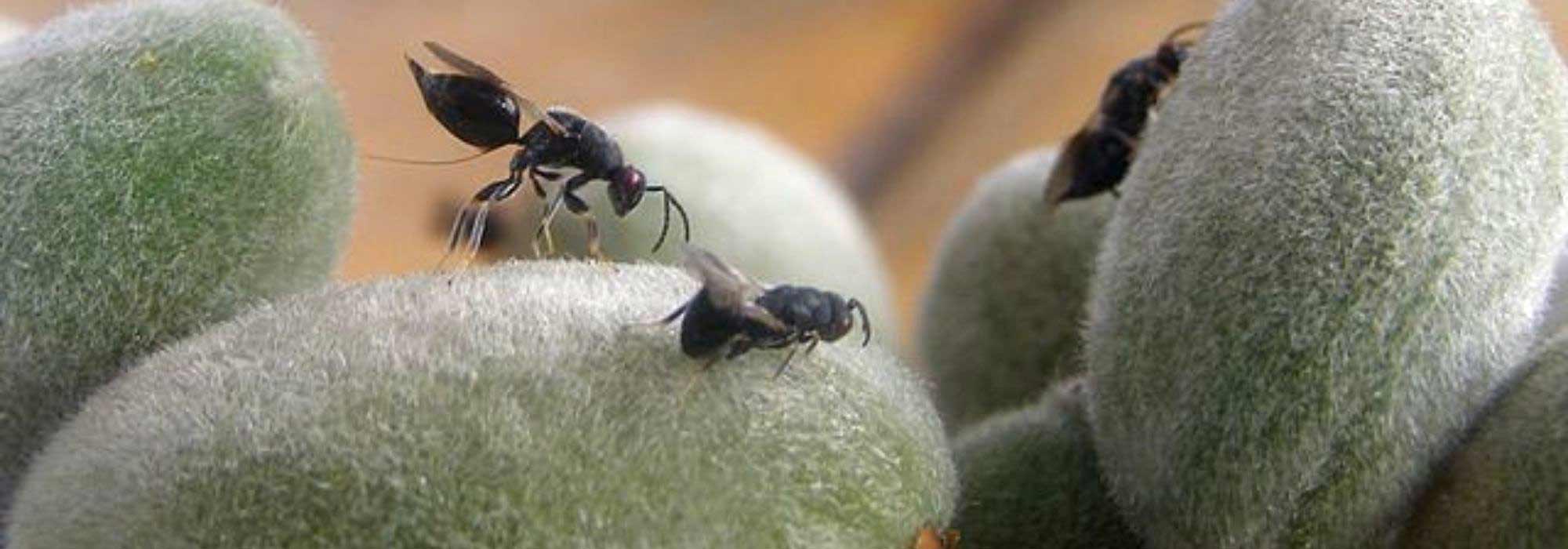Almond trees
Does this plant fit my garden? Set up your Plantfit profile →
Available in 2 sizes
Available in 1 sizes
Available in 1 sizes
Available in 1 sizes
Available in 1 sizes
Available in 1 sizes
Available in 1 sizes
Available in 1 sizes
Available in 2 sizes
Available in 2 sizes
Available in 1 sizes
Available in 1 sizes
Available in 3 sizes
Available in 2 sizes
Available in 1 sizes
The Almond tree (Prunus dulcis) is a beautiful small fruit tree. It is also one of the first fruit trees to bloom in the garden. Its small white to pink flowers bloom abundantly from the end of winter on branches still devoid of leaves from February to March-April. They are followed by a generous fruiting, sometimes as early as July. In plant anatomy, the almond refers to the inside of the seed. The fruits of Prunus dulcis are called almonds because only this part of the fruit is consumed. The shell, more or less hard or soft depending on the varieties, is not edible.
The Almond tree is native to the Mediterranean basin; it enjoys warm climates, tolerates drought and is sensitive to wet soils. Its upright habit rounds out with age, reaching a height of 5 to 6 metres (16 to 20 feet) at maturity. Almond trees are more or less self-sterile or self-fertile, but they will, in any case, be more productive in the presence of another variety or individual. We advise you to plant your almond tree in autumn to promote good root growth before winter, as this tree enters vegetation very early. While the almond tree is not afraid of the cold, its flowering may be destroyed by late frosts. Discover our selection of so-called 'late' or earlier varieties according to your climate.
You have not found what you were looking for?






























